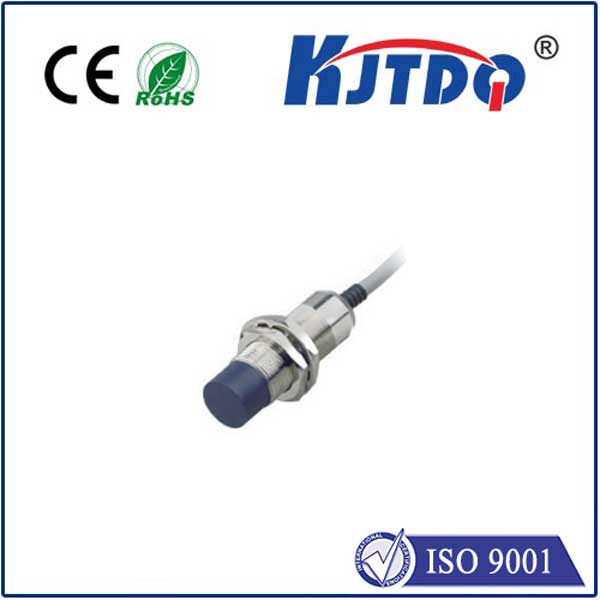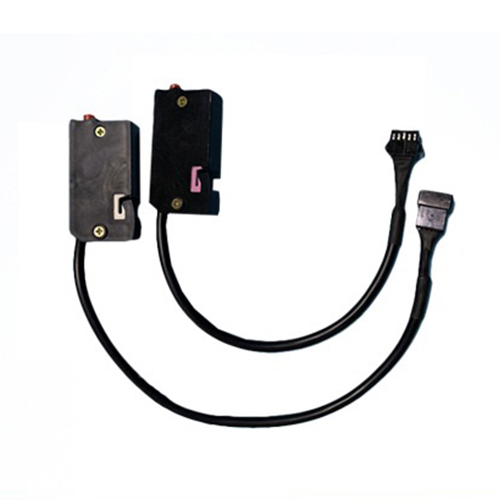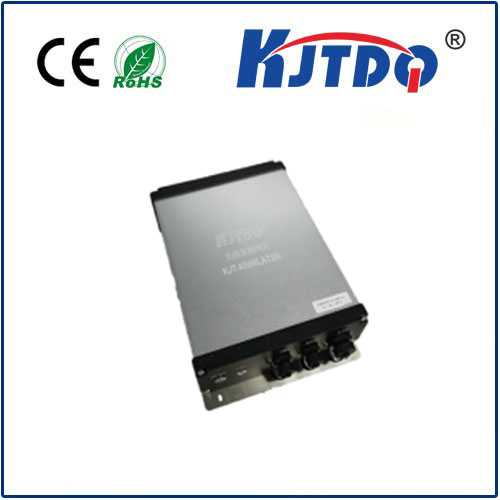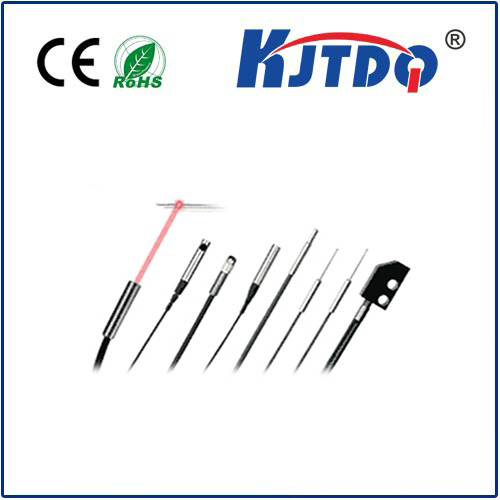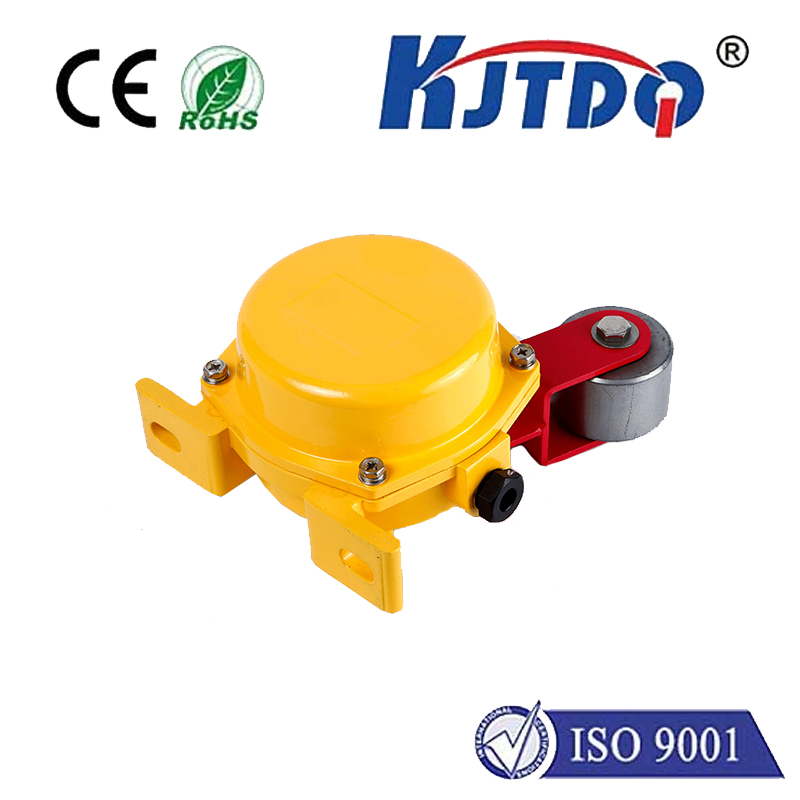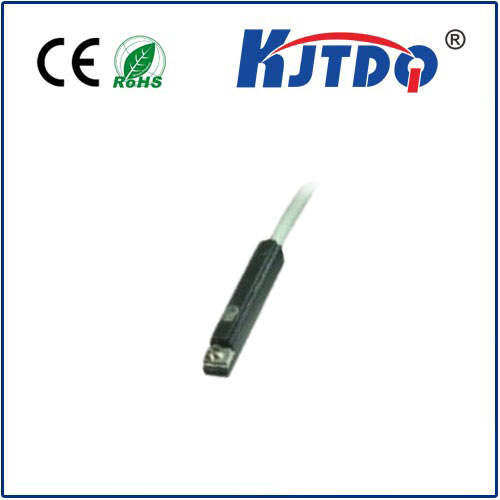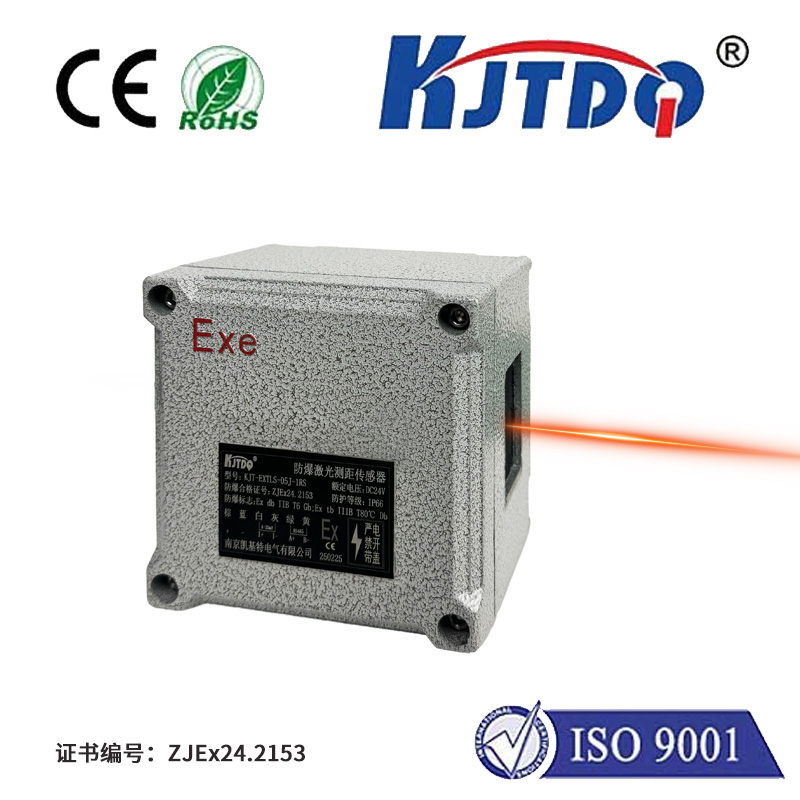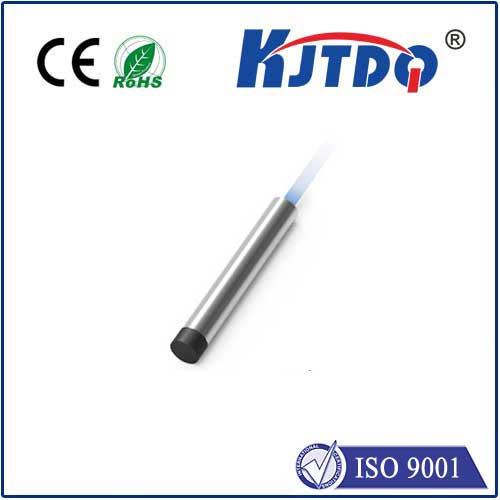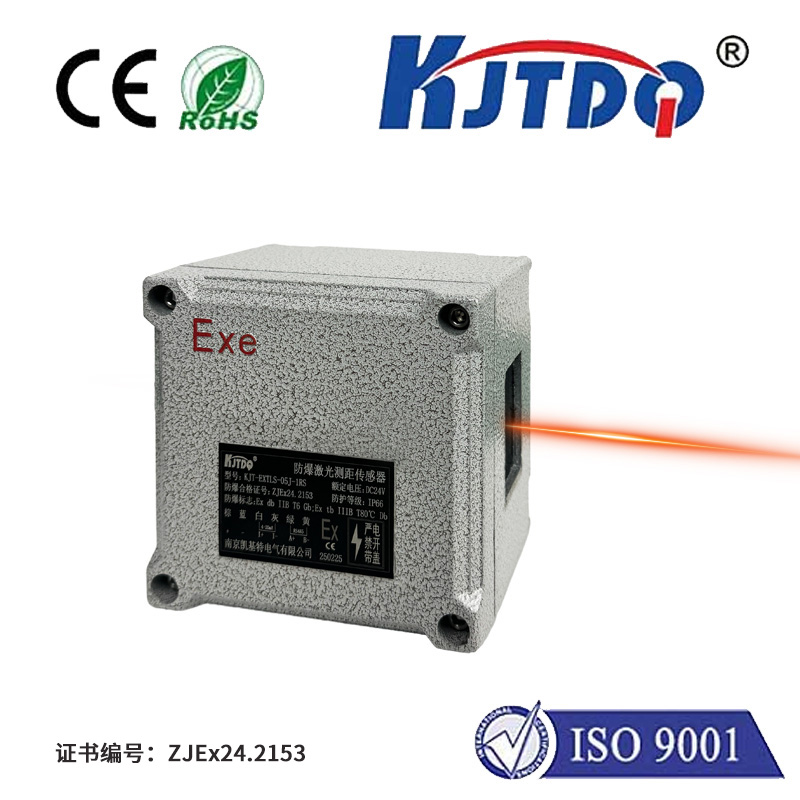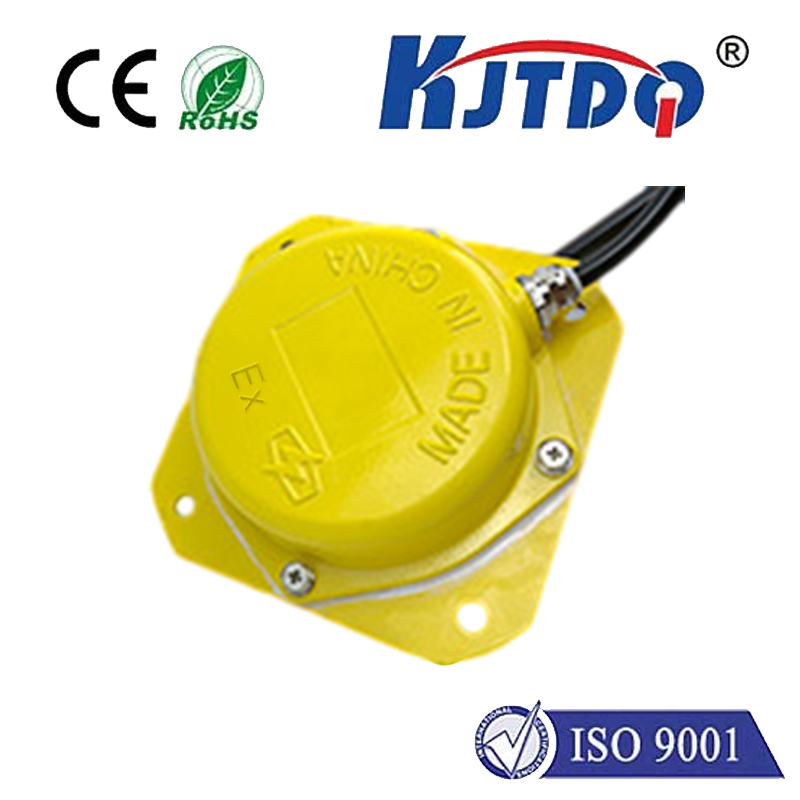rs components proximity sensor
- time:2025-07-20 08:21:19
- Click:0
RS Components Proximity Sensors: Precision Detection for Demanding Applications
In the intricate dance of modern automation, where robots assemble products with micron precision and packaging lines hum with relentless speed, a silent guardian plays a crucial role: the proximity sensor. Often unseen, these unassuming devices provide the vital “sense of touch” for machinery, detecting the presence or absence of objects without physical contact. For engineers, designers, and maintenance professionals seeking reliable, high-performance solutions, RS Components stands as a premier global distributor, offering an extensive portfolio of proximity sensors from leading manufacturers to meet virtually any industrial requirement.
Understanding the Core: What Are Proximity Sensors?
At their essence, proximity sensors are electronic devices designed to detect the presence or absence of a target object within a specific range – their sensing distance. The key innovation lies in their non-contact operation. Unlike mechanical switches, they don’t need to bump into an object to register it. This fundamental characteristic translates into significant advantages:
- Extended Lifespan: No moving parts mean minimal wear and tear.
- High Reliability & Speed: Capable of detecting objects at incredibly high speeds, crucial for fast-paced automation.
- Robustness: Resistant to vibration, shock, and harsh environmental conditions (dust, oil, moisture).
- Versatility: Can detect a wide array of metallic and non-metallic materials, depending on the type.
Navigating the RS Components Proximity Sensor Range
RS Components curates a diverse selection, ensuring solutions exist for countless scenarios. Understanding the primary technologies is key to selecting the right sensor:
- Inductive Proximity Sensors (Dominant for Metal):
- Principle: Generate an electromagnetic field. When a metallic target enters this field, it induces eddy currents, causing a detectable change in the sensor’s oscillation.
- RS Components Stock: Offers variants in diverse sizes (miniature to large), sensing ranges, housing materials (nickel-plated brass, stainless steel), and output configurations (e.g., PNP output, NPN output).
- Common Applications: Metal part detection on conveyors, end-of-travel sensing on cylinders, machine tool positioning, presence/absence verification.
- Capacitive Proximity Sensors (Beyond Metals):
- Principle: Detect changes in capacitance caused by the presence of any material (metal, plastic, wood, liquid, granulates) entering their electrostatic field.
- RS Components Advantage: Provides sensors adept at detecting fill levels in tanks (liquids, powders), non-metallic object presence (bottles, cartons), and material thickness.
- Key Consideration: Sensitivity adjustment is often available to tune out background materials (like container walls).
- Ultrasonic Proximity Sensors (The Distance Experts):
- Principle: Emit high-frequency sound waves and measure the echo return time to calculate distance to a target, regardless of material, color, or transparency (though surface texture affects performance).
- RS Components Range: Includes models for both object detection and precise distance measurement, with longer ranges than inductive/capacitive types. Ideal for challenging environments involving dust or fog where optics might fail.
- Applications: Level sensing in bulk solids bins, stacking height control, loop control on webs, robot palletizing distance checks.
Critical Specifications to Consider from RS Pro
Choosing the optimal sensor from the RS Components catalog involves careful consideration of several parameters:
- Sensing Range: The maximum distance at which the sensor can reliably detect its specified target. RS listings provide precise values.
- Target Material: Metal only (inductive), nearly any material (capacitive/ultrasonic), or specific properties?
- Output Type: Digital (PNP output - sourcing, NPN output - sinking) or analog? Voltage (e.g., 10-30V DC)?
- Housing Material & Shape: Cylindrical (M5, M8, M12, M18, M30), rectangular, or block? Material choice (brass, stainless steel, plastic) impacts chemical resistance and mechanical protection.
- Environmental Protection (IP Rating): Essential for harsh conditions. Look for high IP67 (dust-tight, withstands immersion) or IP69K ratings for demanding washdown areas like food & beverage.
- Switching Frequency: How many detections per second can the sensor handle? Crucial for high-speed applications.
- Mounting: Flush or non-flush mounting capability (especially important for inductive sensors).
Powering Diverse Applications with RS Components Sensors
The applications are virtually limitless. Here’s where RS proximity sensors make a tangible impact:
- Factory Automation: Detecting parts on assembly lines, robotic arm positioning, tool changer status, machine guarding.
- Packaging: Verifying bottle cap presence, counting items, detecting label position, controlling film feed.
- Material Handling: Sensing pallets on conveyors, controlling elevator levels, detecting jams, forklift object avoidance.
- Automotive: Engine component positioning, weld nut verification, door open/close detection, fluid level sensing (capacitive).
- Food & Beverage: Fill level control in tanks (capacitive/ultrasonic), detecting cans/bottles for filling/capping, washdown-safe (IP69K) sensors for hygiene zones.
- Machining: Tool breakage detection, workpiece positioning, coolant level monitoring.
Optimizing Your Selection Process with RS Components
RS Components empowers users beyond just product supply. Leverage their resources:
- Detailed Datasheets: Each product page offers comprehensive technical specifications, wiring diagrams, and dimensional drawings.
- Parameterized Search: Filter the vast catalog precisely by technology, sensing range, output type, voltage, mounting, IP rating, and more to narrow down choices rapidly.
- Cross-Manufacturer Comparison: Easily compare specifications and pricing from brands like Omron, Schneider Electric, Sick, Pepperl+Fuchs, and more within the RS platform.
- Expert Support: Access technical support teams for guidance on complex application requirements or sensor selection dilemmas. PNP vs NPN output questions? They can clarify.
Whether you’re retrofitting legacy machinery, designing a cutting-edge automated cell, or simply maintaining existing equipment, RS Components proximity sensors represent a cornerstone of reliable industrial sensing. Their extensive range, supported by robust technical information and filtering tools, ensures you can source the precise sensor needed to bring efficiency, safety, and intelligence to your operations, detecting the crucial details that keep industry moving forward seamlessly.





